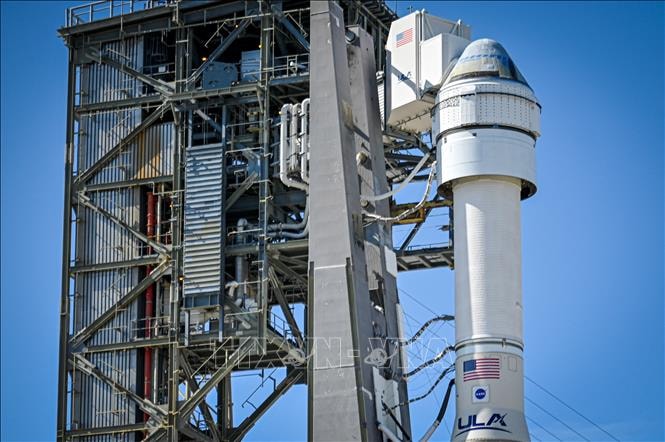According to the latest announced plan, Boeing's Starliner spacecraft is expected to leave the International Space Station (ISS) on September 6 and return to Earth.

Boeing's reputation has been badly damaged by the Starliner incident, in which a thruster malfunction caused a helium leak on the way to the ISS in June. After the incident, astronauts Butch Wilmore and Suni Williams were originally scheduled to stay on the ISS for about a week, but that was extended until February next year. NASA has decided to return the crew on SpaceX's Crew Dragon spacecraft next year.
Starliner is expected to automatically separate from the space station at around 6:04 p.m. Eastern Time (5:04 a.m. September 7, Vietnam time), and land at White Sands Spaceport in New Mexico at around 4:03 a.m. September 7 (GMT, or 11:03 a.m. September 7, Vietnam time).
NASA decided to send the spacecraft home without the astronauts, despite Boeing's assurances that the flight was safe. The aerospace giant conducted ground tests to simulate the technical problems that the Starliner spacecraft encountered during its flight, thereby creating plans to prevent potential risks.
After separating from the station, the Starliner is expected to perform a powerful “burnout” to shoot away from the launch site and prevent any possibility of collision. The Starliner is also expected to successfully land with the help of parachutes and airbags – just like in the two previous unmanned tests in 2019 and 2022.
Ground teams will thoroughly test the performance of the thrusters, especially during "orbital burn" when the spacecraft re-enters Earth's atmosphere.
More than a decade ago, NASA signed multibillion-dollar contracts with Boeing and SpaceX to develop spacecraft to ferry astronauts to and from the ISS, after the space shuttle was retired. However, since 2020, billionaire Elon Musk's SpaceX has "surpassed" Boeing, having successfully sent dozens of astronauts into space.